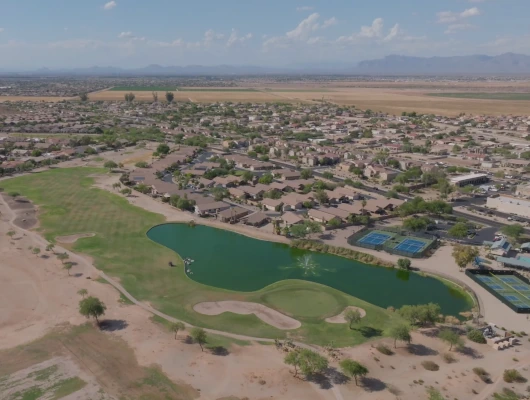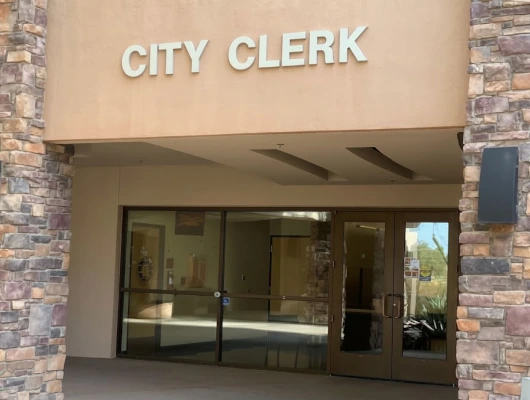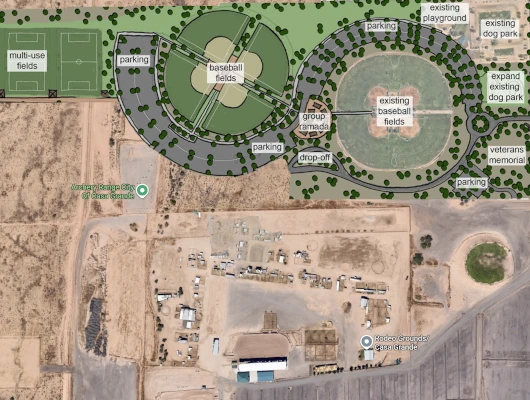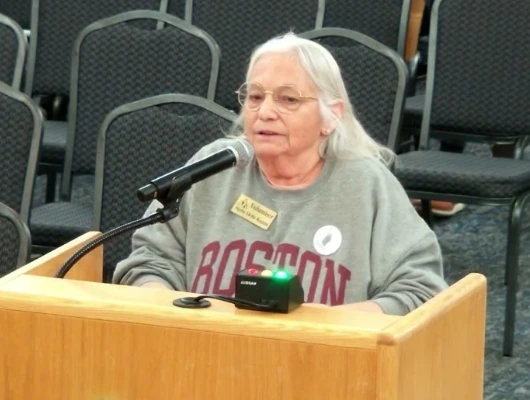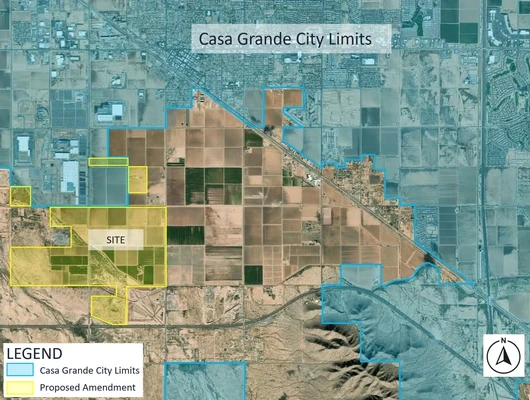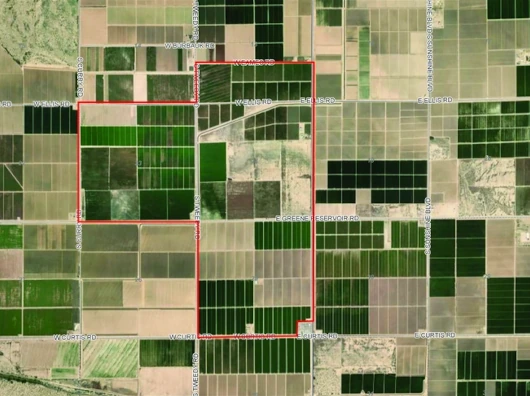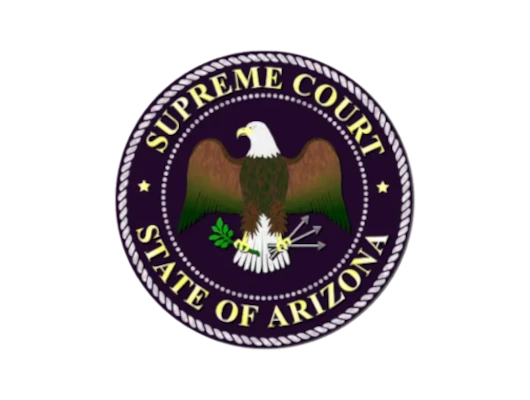Newly Incorporated Town Adopts Municipal Election Procedures
The San Tan Valley Town Council took decisive action on election laws during their October 15, 2025 meeting. The council adopted the town’s first ordinances governing municipal elections and referred two questions to voters for the August 4, 2026 primary election. Voters will decide on four-year staggered council terms and direct election of the mayor.
Ordinances 2025-02 and 2025-03 establish the foundational framework for how the town will conduct future elections. Residents seeking more information about these actions can review the full agenda at the Arizona League of Cities and Towns.
Council Adopts Ordinance 2025-02 on Election Procedures
The council unanimously adopted Ordinance 2025-02, establishing procedures for determining election winners using Arizona’s majority votes cast formula. Under this system, candidates can win seats at the primary election by reaching a specific vote threshold, potentially eliminating the need for runoff elections.
August 4, 2026 Set as First Election Date
State law requires the town’s first candidate election to occur on August 4, 2026. Attorney Estes-Werther explained that the Legislature chose this date to increase voter turnout by scheduling local elections alongside statewide primary elections. If a general or runoff election becomes necessary, it will be held on the first Tuesday after the first Monday in November 2026.
Staggered Four-Year Terms Headed to Voters
The council approved Resolution 2025-05, placing the question of four-year staggered council terms on the August 2026 ballot. Currently, all seven council seats operate on two-year terms, meaning the entire council could turn over every election cycle.
Attorney Estes-Werther explained that staggered terms are optional under state law. “Right now, anybody who’s gonna be elected in August of next year, the default is always gonna be two years. So if you keep it two years, or if you don’t make this change to put it to the voters, every two years, the council, all seven, are gonna be up on the ballot.”
Councilmember Bryan Hunt advocated for the change, stating, “I think that having a four year staggered is in the best interest of the council just because if it’s every two years it’s a possible turnover of a council every two years. I think that would be detrimental to the town.” Councilmember Rupert Wolfert echoed this sentiment, noting that staggered terms “really establishes continuity, stability, and institutional knowledge that can carry over from election to election.”
Councilmember Daniel Oakes expressed support for four-year staggered terms but noted that two-year cycles “gives more people in the community opportunities to serve.”
How Staggered Terms Would Work
If voters approve staggered terms in August 2026, the seven newly elected council members would determine their term lengths by lot. This would occur immediately after the election canvass. Attorney Estes-Werther explained, “in August of 2026, if you had this on the ballot and it passed, then those who were elected in August would canvass and probably at that same meeting you would divide yourselves by lot.” Three members would serve two-year terms until 2028, while four members would serve four-year terms until 2030. This random selection process is mandated by state statute and cannot be altered.
One notable challenge: candidates filing to run in 2026 will not know whether they’re running for a two-year or four-year term. This depends on both voter approval of the staggered terms question and the subsequent lot drawing. If approved by voters, beginning with the 2028 election, all council seats would carry standard four-year terms.
Direct Mayoral Election Approved 4-3
A motion to table the measure failed by a 5-2 vote. The council then approved Ordinance 2025-03 by a 4-3 margin. The ordinance places direct election of the mayor on the August 2026 ballot. Currently, the mayor is selected by council members from among themselves. Attorney Estes-Werther estimated this practice is used by about half of Arizona’s cities and towns.
Understanding Elected Versus Appointed Positions
If voters approve direct mayoral elections, the mayor would be elected for a two-year term beginning in 2028, replacing one of the seven council seats rather than adding an additional position. The vice mayor would continue to be appointed by the council itself rather than directly elected.
The initial two-year mayoral term cannot be extended to four years unless and until voters first approve staggered four-year terms for council members. Only after that approval could the council refer a question to voters about extending the mayoral term to four years. The earliest such election would occur in 2030.
Signature Requirements and Future Considerations
Current state law requires candidates to collect petition signatures equaling 5-10% of votes cast in the town’s last election. For San Tan Valley’s first election, Town Clerk Garrett Glover calculated this requirement at 1,583 to 3,167 signatures based on 31,667 qualified electors in the town.
However, state law permits towns to adopt an ordinance setting a flat minimum of 1,000 signatures regardless of turnout fluctuations. Estes-Werther noted this option “sometimes just makes it easier in terms of calculations” as vote totals vary between election cycles.
At the meeting’s conclusion, Councilmember Hunt formally requested that the council consider adopting this 1,000-signature minimum ordinance at a future meeting. The attorney recommended any such ordinance be adopted by November. This would ensure candidates know the requirements before the March 2026 filing period begins.
Residents interested in serving on future town committees, task forces, or boards can contact Town Clerk Garrett Glover at [email protected]. Those with suggestions for specific committees are also encouraged to reach out.
Candidate Filing Opens March 2026
Candidate filing for the August 2026 election opens March 9, 2026 and closes at 5:00 PM on April 6, 2026. Following the filing deadline, a 10-business-day challenge period allows anyone to contest candidate petitions through an expedited court process.
The town will offer E-Qual, the Secretary of State’s electronic signature collection system. Candidates can gather up to 110% of their minimum required signatures online. The system is voluntary for both candidates and voters, with traditional paper petitions remaining available.
The election canvass must occur between six and 20 days after the election. If candidates win in August by achieving majority votes cast, they would be seated by the November general election date. If a runoff becomes necessary in November, newly elected members would likely take office in December 2026.
